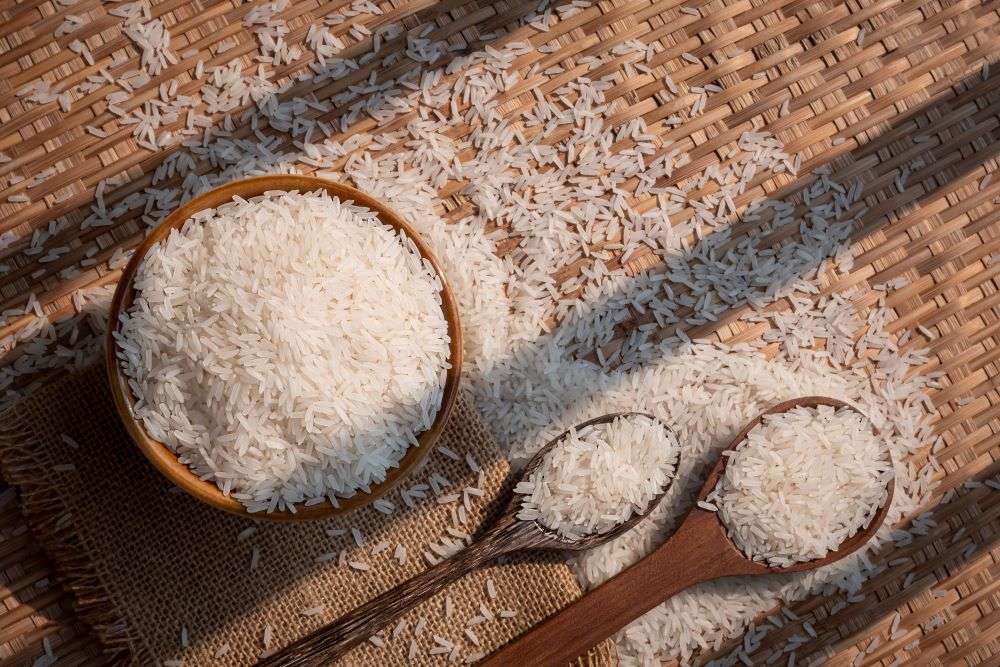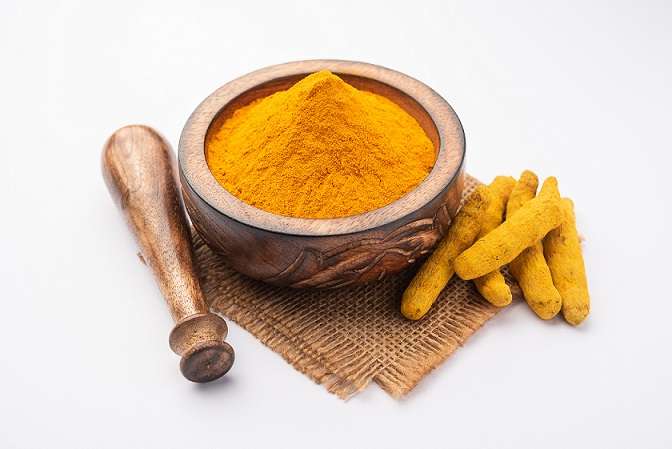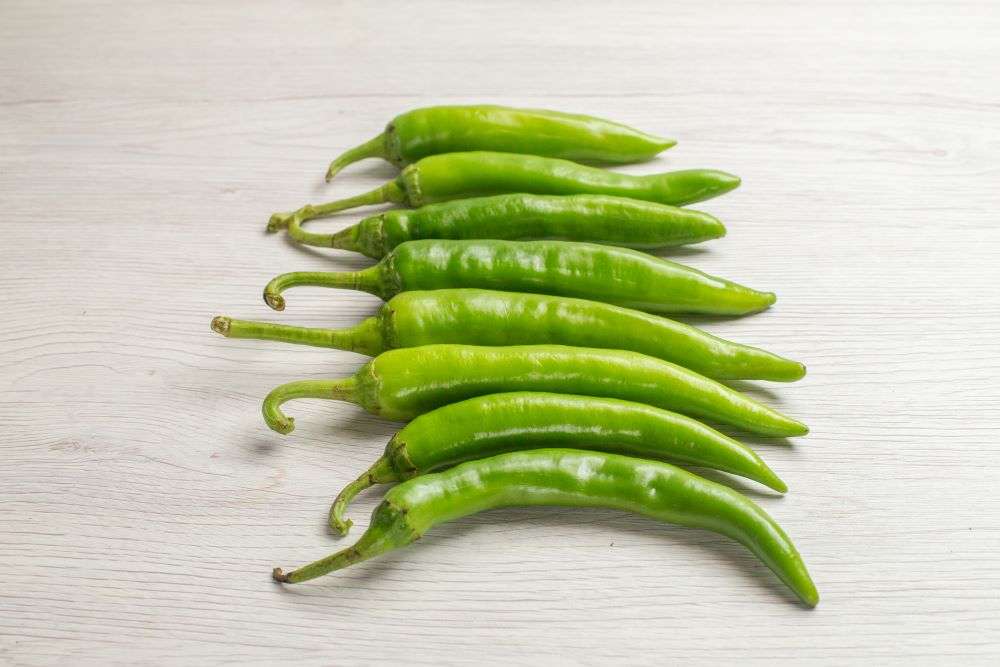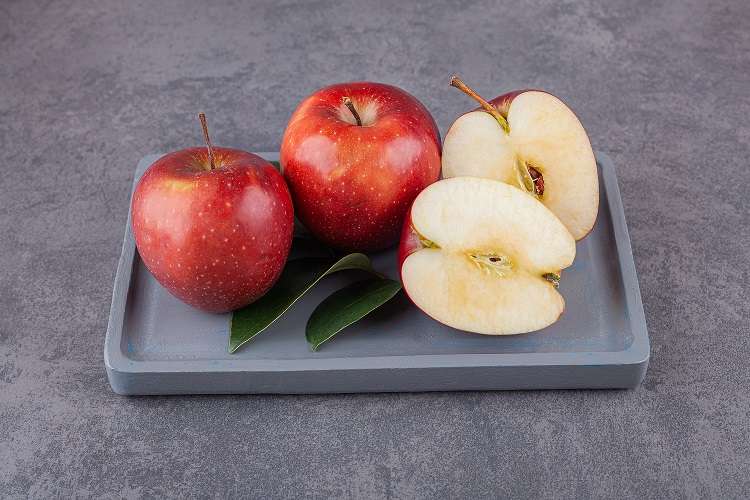India stands as the leading exporter of rice globally, holding a key position in international trade. Renowned for its aromatic Basmati and versatile non-Basmati rice, India supplies its diverse varieties to more than 150 countries. This blog explores the intricacies of India’s rice export sector, emphasizing its importance, hurdles, and recent advancements.
The Backbone of India’s Economy
Rice export is not just a trade activity; it’s a cornerstone of India’s agricultural economy. Contributing significantly to the nation’s GDP, the rice export industry supports millions of farmers and workers. In 2024, India exported approximately 22 million tons of rice, showcasing its dominance in the global market.
Key Highlights of India’s Rice Export
- Diverse Varieties: India offers a wide range of rice varieties, from the premium Basmati to the versatile non-Basmati types, catering to different culinary preferences globally.
- Strategic Export Policies: The Indian government has implemented policies to balance domestic needs and export demands. For instance, the recent lifting of the export ban on broken rice has revitalized the market.
- Sustainability Initiatives: Indian exporters are increasingly adopting sustainable practices, such as water-efficient farming and eco-friendly packaging, to meet global standards.
Region-Wise Rice Varieties in India
India’s vast geography lends itself to cultivating a rich diversity of rice varieties, each region producing unique offerings:

North India:
- Basmati Rice (Punjab, Haryana, Uttar Pradesh): Long-grain and aromatic, globally beloved.
- Sharbati Rice (Uttar Pradesh): A more affordable cousin of Basmati.
East India:
- Gobindobhog Rice (West Bengal): A short-grain, aromatic variety often used in desserts.
- Joha Rice (Assam): Prized for its distinct flavor.
South India:
- Sona Masoori Rice (Andhra Pradesh and Karnataka): Lightweight and versatile, perfect for daily meals.
- Ponni Rice (Tamil Nadu): Soft-textured, ideal for making idli and dosa batter.
West India:
- Kolam Rice (Maharashtra): Subtle aroma, preferred for everyday use.
- Indrayani Rice (Maharashtra): A semi-aromatic soft rice, popular in Pune.
Northeast India:
- Black Rice (Chak Hao) (Manipur): Nutty flavor and antioxidant-rich.
- Sticky Rice (Nagaland, Mizoram): A short-grain variety used in traditional dishes.
Central India:
- Chhattisgarh Red Rice: Nutrient-rich and essential in tribal cuisines.
Future Trends in Global Rice Export
The global rice market is evolving with several trends shaping its future:
- Technological Advancements: Innovations in rice milling and packaging are enhancing product quality and shelf life.
- Sustainability Focus: Efforts to reduce water usage and greenhouse gas emissions are gaining traction.
- Market Expansion: The rising demand for specialty rice varieties, such as black and red rice, is opening new avenues.
- Price Dynamics: India’s re-entry into the market after lifting export bans is expected to stabilize global rice prices.

Impact of Climate Change on Rice Production
Climate change poses significant challenges to rice cultivation in India. Erratic weather patterns, such as delayed monsoons, droughts, and unseasonal rain, are reducing yields in key rice-growing regions. Additionally, rising temperatures are influencing the growth cycle and overall quality of rice. To mitigate these impacts, Indian farmers and exporters are increasingly adopting resilient farming methods like crop diversification and drip irrigation.
India’s Role in Ensuring Global Food Security
As one of the largest rice exporters, India plays a critical role in ensuring global food security. Its rice exports support food supply in many countries, especially those with limited agricultural resources or facing food shortages. Nations in Africa, the Middle East, and Southeast Asia heavily depend on Indian rice to meet their dietary needs.
Challenges in the Rice Export Industry
Despite its success, the industry faces challenges like fluctuating international prices, geopolitical tensions, and climate change impacts. Erratic monsoons and the El Niño effect have affected production, leading to a 9% decline in rice output in 2023-24.
Recent Developments

Indonesia is considering importing 1 million metric tons of rice from India in 2025 to ensure adequate supply until the main harvest season. This decision comes in response to an anticipated 2.43% decrease in Indonesia’s rice output for the year, attributed to delayed planting and harvesting due to extended dry weather in 2023. India’s removal of the floor price on non-basmati white rice exports is expected to facilitate this potential import, encouraging exports amid high production expectations and surplus stocks following the lifting of 2023 export limitations.
– Reuters
Indo Foods Export: Delivering Indian Rice to the World
Indo Foods Export, one of the leading Indian food exporting companies, plays a crucial role in bringing the finest Indian rice to global tables. With a robust network and commitment to quality, Indo Foods Export ensures that premium varieties like Basmati and non-Basmati rice reach international markets. Our meticulous sourcing, processing, and packaging practices uphold global standards, making Indian rice a preferred choice worldwide.
India’s rice export industry is a testament to its agricultural prowess and strategic trade policies. As the nation continues to innovate and adapt to global challenges, it solidifies its position as a leader in the global rice trade. With a focus on sustainability, regional diversity, and quality, India is set to shape the future of the rice export industry.





